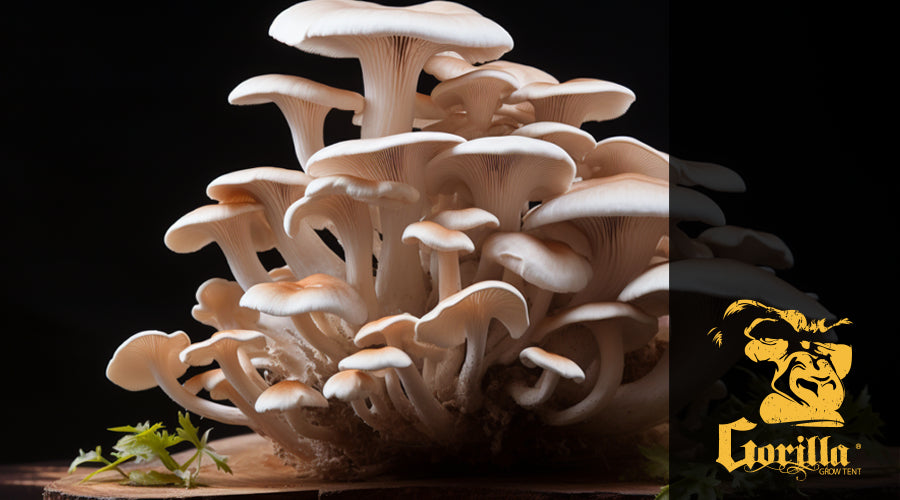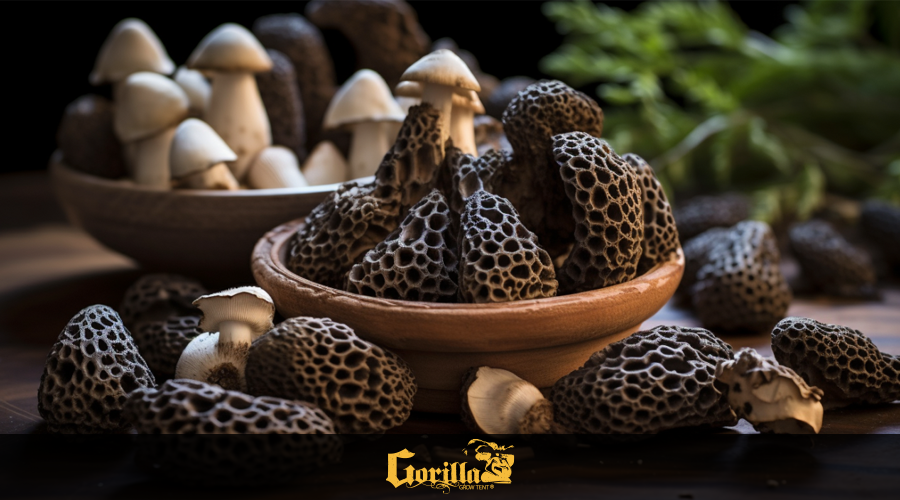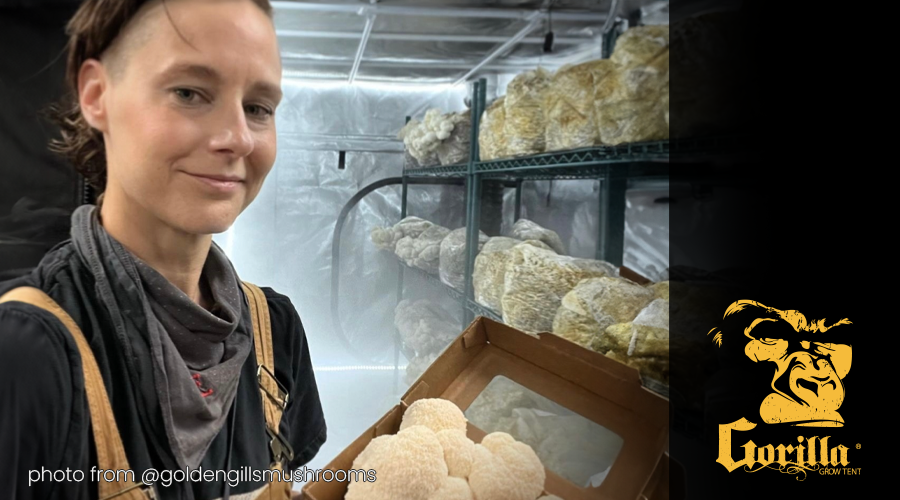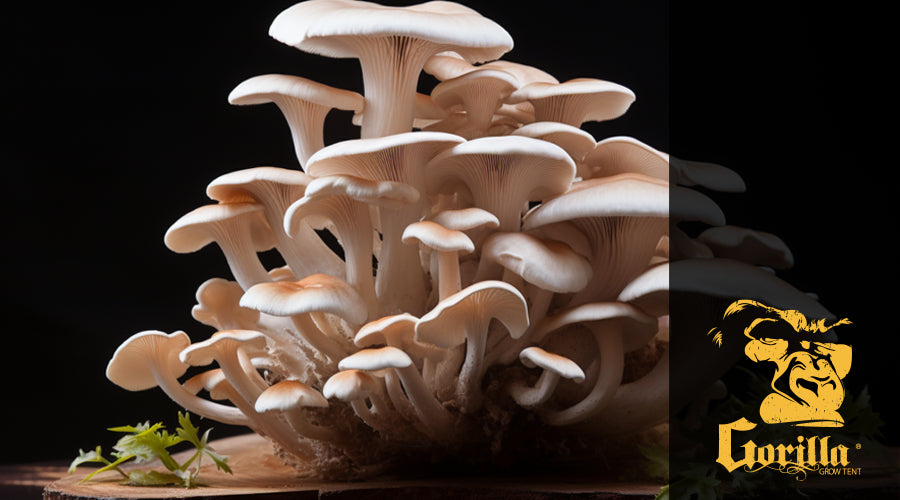
Growing Oyster Mushrooms: Ultimate Guide to Cultivation & Tips
A Beginner's Guide to Growing Oyster Mushrooms
Mushrooms, often referred to as nature's hidden treasures, have captured food enthusiasts' hearts and taste buds worldwide. Among the plethora of mushroom varieties, oyster mushrooms (Pleurotus spp.) stand out for their exquisite taste, unique appearance, and relatively easy cultivation process.
Whether you're an avid gardener or a curious food lover, growing oyster mushrooms at home can be a rewarding and fulfilling experience.
In this guide, we'll take you through the step-by-step process of cultivating these delectable fungi right in the comfort of your own space.
The Art of Growing Oyster Mushrooms Indoors
Oyster mushrooms are a diverse group of fungi known for their delicate caps resembling, as the name suggests, oyster shells. They come in various colors, including white, gray, yellow, and pink, and are prized for their rich, earthy flavor and meaty texture. Nutritionally, oyster mushrooms are low in calories, fat-free, and contain valuable nutrients like fiber, B vitamins, and antioxidants.
Choosing the Right Growing Medium:
Oyster mushrooms thrive on various substrates, making them an ideal choice for beginners. Common growing mediums include straw, sawdust, coffee grounds, and recycled paper products. The key is ensuring the substrate is well-prepared and free from contaminants. You can purchase pre-made substrates or create your own by following simple online guides.
Spawn Selection and Inoculation:
Spawn serves as the "seed" for mushroom cultivation. It's a substrate inoculated with mushroom mycelium, the thread-like structures that grow into the fruiting bodies (mushrooms). You can purchase oyster mushroom spawn from reputable suppliers or a healthy mushroom source. Inoculating your substrate with spawn can be done by mixing, layering, or blending, depending on your chosen substrate.
Creating the Ideal Growing Environment:
Oyster mushrooms are versatile and can be grown indoors or outdoors, depending on your preferences and available space. Indoors, you can use plastic bags, buckets, or grow bags as containers for your substrate. Outdoors, logs or straw beds can be used for cultivation. Oyster mushrooms thrive in a cool, humid, and well-ventilated environment regardless of location. Regular misting and maintaining the right humidity levels are crucial to ensure successful growth.
Fruiting and Harvesting:
After a few weeks of colonization, the mycelium spreads throughout the substrate. This signals that your oyster mushrooms are ready to fruit. Small, pin-like protrusions will appear on the surface of the substrate, gradually developing into full-sized mushroom caps. As they grow, providing proper support and maintaining humidity levels is essential to prevent misshapen or stunted growth.
Harvesting oyster mushrooms is a rewarding moment. Gently twist and pull the mature mushrooms from the substrate. Harvesting in stages as the mushrooms reach peak maturity will prolong your harvest and ensure a continuous supply.
Caring for Your Mushroom Garden:
Once you've harvested your oyster mushrooms, allow the substrate to rest for a while before considering the next cultivation round. You can either start anew with fresh substrate and spawn or repeat the process using the same substrate after rejuvenating it. Proper waste management and composting of spent substrate are essential steps to ensure sustainability and minimize environmental impact.
Creating the Perfect Grow Tent Setup for Oyster Mushroom Cultivation
Growing oyster mushrooms at home can be an incredibly rewarding endeavor, and setting up a dedicated grow tent can provide the ideal environment to ensure their successful cultivation. A grow tent offers controlled conditions for temperature, humidity, and lighting, allowing you to create the optimal habitat for your oyster mushrooms. Let's walk through the steps of setting up a grow tent specifically tailored for oyster mushroom growth.
Selecting the Right Grow Tent:
Size Matters: Choose a grow tent size that suits the available space and the quantity of oyster mushrooms you wish to cultivate. A tent with dimensions around 2'x2' or 3'x3' is usually sufficient for small to moderate-scale home cultivation.
Material Quality: Opt for a grow tent made of durable, lightproof, and tear-resistant material. This ensures that the tent can withstand the rigors of mushroom cultivation and maintain a consistent growing environment.
Ventilation and Accessibility: Look for a tent with well-designed ventilation ports and access points. Proper air circulation is essential for preventing mold and maintaining optimal humidity levels. Additionally, easy access to your mushroom crop makes monitoring and harvesting hassle-free.
Setting Up the Grow Tent:
Location: Choose a suitable location for your grow tent. It should be a space with stable temperature and minimal fluctuations. Keep the tent away from direct sunlight and extreme heat sources.
Lighting: Oyster mushrooms require light for proper growth, but they don't need intense light like some other plants. LED or fluorescent lights are ideal for mushroom cultivation. Position the lights at an appropriate distance to provide gentle illumination without causing overheating.
Ventilation: Install a small fan inside the tent to ensure proper air circulation. This helps prevent the buildup of stale air and minimizes the risk of contamination. Set up exhaust fans or vents to maintain fresh air exchange.
Humidity Control: Oyster mushrooms thrive in high humidity conditions. Use a humidifier or a humidity controller to maintain humidity levels around 90% during the fruiting stage. A hygrometer placed inside the tent helps monitor humidity accurately.
Temperature Regulation: Oyster mushrooms grow well at temperatures between 55-75°F (13-24°C). Use a thermometer to monitor temperature and consider using a space heater or cooling system if necessary.
A Journey into Oyster Mushroom Cultivation
Troubleshooting Common Issues:
While oyster mushrooms are relatively easy to grow, like any gardening endeavor, challenges may arise. Here are a few common issues you might encounter and tips on how to address them:
Contamination: Contaminants like mold or bacteria can hinder mushroom growth. Maintain proper hygiene throughout the process and ensure your growing environment is clean and sanitized.
Slow Growth or No Fruiting: Review your environmental conditions if your mushrooms are taking longer to grow or not fruiting. Check humidity levels, temperature, and air circulation to create an optimal environment.
Misshapen or Small Mushrooms: Irregular growth can occur due to insufficient humidity, poor air circulation, or inadequate lighting. Adjust these factors accordingly to encourage healthy mushroom development.
Experimenting with Varieties and Flavors:
While the classic oyster mushroom varieties are well-loved, consider exploring different strains and colors to broaden your mushroom cultivation experience. Pink, blue, or golden oyster mushrooms offer unique flavors and visual appeal. Experimenting with different substrates, such as coffee grounds or hardwood sawdust, can also lead to intriguing flavor profiles.
Incorporating Sustainability:
Mushroom cultivation can be a sustainable endeavor. Opt for organic and locally sourced materials whenever possible. After harvesting, the spent substrate can be repurposed as compost or used to enrich your garden soil. This practice not only reduces waste but also contributes to the health of your overall gardening ecosystem.
Culinary Adventures:
One of the most exciting aspects of growing oyster mushrooms is the culinary exploration that follows. Oyster mushrooms boast a versatile flavor and texture that lend themselves to various culinary applications. From sautés and stir-fries to soups, salads, and even plant-based meat substitutes, your harvest can inspire a wide range of delectable dishes that showcase the unique qualities of these fungi.
Cultivating Connection Through Oyster Mushroom Cultivation
In the pursuit of growing oyster mushrooms, you embark on a journey encompassing nature, sustainability, culinary creativity, and community engagement. As you nurture these delicate fungi from spawn to harvest, you savor the delightful flavors and textures they offer and develop a profound connection to the natural processes that sustain life.
So, roll up your sleeves, gather your supplies, and get ready to savor the satisfying experience of growing your very own oyster mushrooms. Happy cultivating and bon appétit!
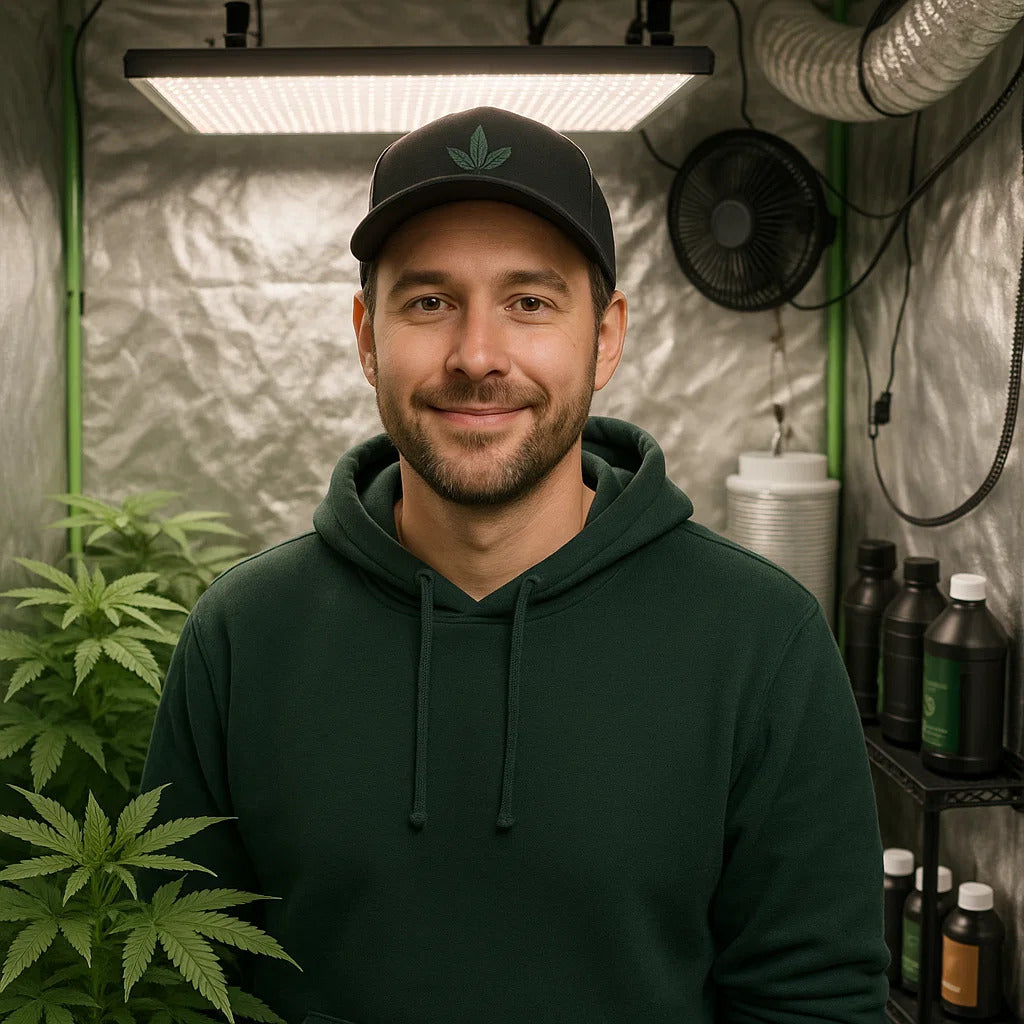
Lena Myles
I'm a mushroom enthusiast and home cook based in Oregon. I'm passionate about foraging and creating fungi-focused recipes, especially delicious, plant-based dishes using gourmet mushrooms like trumpet, shiitake, and oyster. When I’m not in the kitchen, you’ll usually find me wandering the woods in search of new wild flavors.

